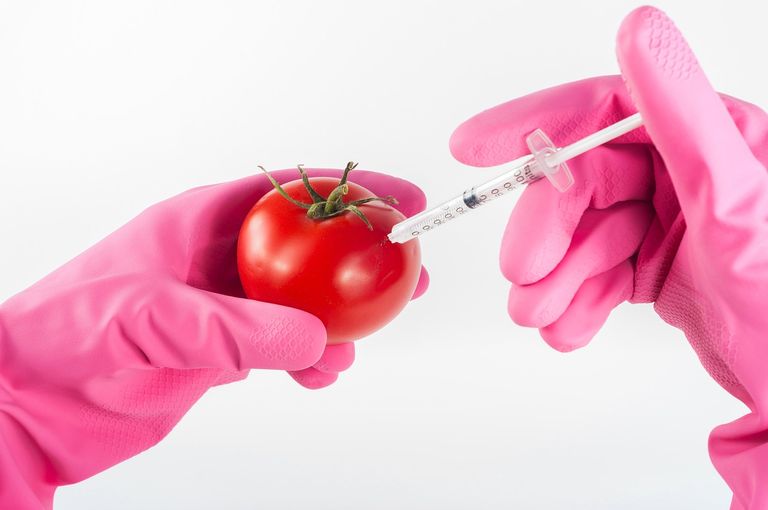
Image Credits: artursfoto, at Pixabay
With over 15,000 synthetic chemicals unnaturally inserted into the food we eat every day, it is difficult to fully understand the impact certain additives may have on our health. Are these additives necessary, or is their use influenced solely by economics and the rapid expiration of certain foods that are not initially treated?
By definition, a food additive is a substance supplementing foods which is added by the manufacturers in order to preserve and lengthen the "shelf-life" of the food, or to improve its taste, appearance, or nutritional value.
A common additive is flavoring, such as vanilla extract, or a sweetener such as Aspartame. Additives are generally listed along with the other ingredients of a packaged food, and are regulated by the federal government.
Artificial coloring (chemical dye) is a food additive which has long been suspected to play a part in the manifestation of certain cancers. As a result, some artificial colorings have been banned and just recently has been reported that several synthetic dyes used mainly for making food seem more appealing has been approved for use, but has yet to be tested and proved to be harmless.
Chemical dyes do not contribute to food safety or to the nutritional health of an individual whatsoever. In addition, some clinical studies report that these artificial dyes may detrimentally affect the behavior of children, specifically their attention and concentration abilities.
Food dyes are primarily intended to make children-oriented food appear more attractive to them, such as the blue dye used in popsicles, or the brown dye in chocolate icing. Experts note that levels of artificial coloring have been rising over the past decade, but so far, has not be implemented an investigation into the possible carcinogenic properties of chemical dyes.
Caffeine is considered a naturally occurring food additive, unlike artificial coloring which is man-made. Found in coffee, tea, and cocoa, caffeine is a stimulant inducing a slight elevation in blood pressure (depending on how much you ingest), causes dilation of certain blood vessels, and encourages the over-secretion of acids in the stomach, which may contribute to the onset of peptic ulcers.
Used in moderation, however, caffeine is not considered harmful, and may actually be beneficial by increasing alertness and promoting mood elevation. However, when caffeine levels are maintained at a high level in the body, extreme nervousness, rapid heartbeat, insomnia, and even reproductive problems can affect the individual.
Children's physiology is especially influenced by too much caffeine, which can make them hyperactive, irritable, and nauseous. Since it is addictive, caffeine withdrawal, especially when an individual has become accustomed to keeping large amounts in his or her system for a long time, can cause headaches, sore muscles, and irritability.
However, the regulated use of caffeine mixed with aspirin by migraine sufferers has proved to be exceptionally helpful because of caffeine's ability to dilate constricted blood vessels, which is the main cause of migraines.